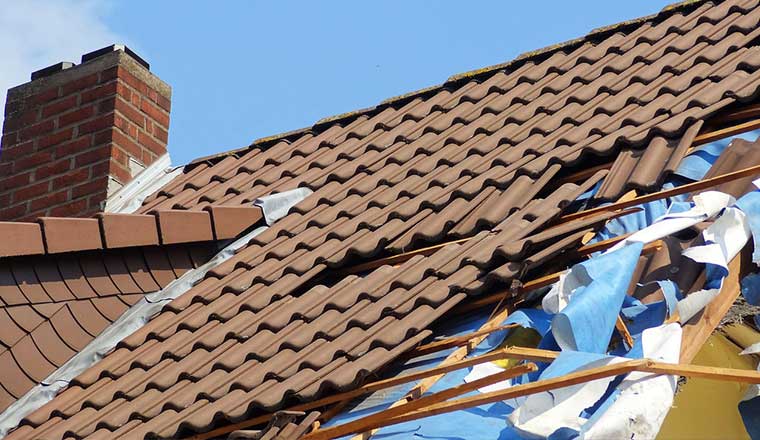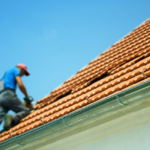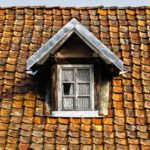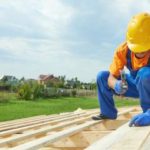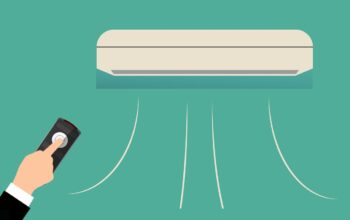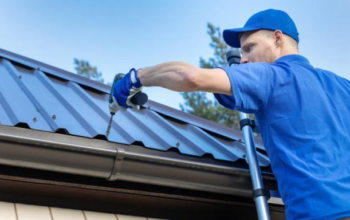Storms of all kinds can cause significant damage to your roof and other areas of your home. Strong winds, hail, and falling trees or debris are just some of the ways your roof will take a beating over the years. This naturally becomes a much bigger, and more frequent, problem in particularly storm-prone areas. If you live in, or are planning to move to, a hurricane prone state like Florida or part of the Midwestern Tornado Alley, you should be well aware of the dangers.
Beyond the safety concerns of such large storms, the expenses of repairing the roof and other damages can weigh heavily on the mind. Even if you don’t live in a storm prone area, all it takes is one freak act of nature to find yourself needing significant patch-ups or a full roof replacement. Depending on the severity of damages, you may be able to handle some costs yourself, but there are always options for saving money. The following are steps you should take after a significant storm.
Perform a thorough inspection
Any time you make it through a major storm, you need to check your home for damages once it’s safe. There should be signs around your house if severe damage was done to the roof, including torn off shingles and bits of metal trimming. Rapid Restoration Recovery Inc provides professional residential & commercial storm restoration services.
It’s also easy to check the chimney from ground level to see if it’s leaning or missing bricks. Dented or broken-down gutters will likely mean additional structural damage, as well. If you don’t see any of these obvious signs, then you hopefully won’t need a full roof replacement, but you’ll still need to climb up to check for additional signs.
Loose or damaged shingles are common after strong winds or hail. Curled edges of shingles or dark spots reminiscent of bruising are the most obvious signs you’ll need to replace the affected areas. You also can’t neglect an indoor inspection after a storm. Moisture marks on the ceiling or walls are sure signs of a leak. While you may be able to nail back a shingle or two by yourself, never be afraid to call a roofing contractor in Orlando. Trying to fix extreme damages yourself is both dangerous and likely to be ineffective.
Contact your insurance agent
Once you have a grasp on the extent of the damages, you’ll want to confirm how much of it is covered by your homeowner’s insurance. Fortunately, homeowners insurance typically does cover common sources of roof damage such as wind, falling trees, hail, and lightning. Home damages caused by other sources like flooding are more likely to vary based on the plan. Your insurance company should cover at least a portion of roof replacement/repair costs, if not the entirety. You may also be able to further reduce costs by removing old and damaged material yourself before the contractors get to work.
Research and repairing for the future
Roof materials and replacement costs are never cheap, so it’s generally worthwhile to do your research before speaking with contractors. For example, when living in a state like Georgia, it may turn out better to get the help of Atlanta Roofers than others in your own city. Regardless of where you are based, check your the roofer’s reviews and go for the best so you don’t have to do the same work multiple times because it wasn’t done right in the first place. Knowing the scope of your repairs and the exact materials you’d like installed will allow a contractor to provide a more specific estimate and should keep prices competitive. You may also be able to receive discounts if you can wait on your repairs until an off-season time.
If you’re deciding on your own materials, it’s also a good idea to rebuild with superior ones to get more value for your money. While heavier, storm resistant shingles and other such materials are more costly than standard, they should easily pay off in the long run by helping you avoid some of these same costs in the future.
Related Posts

Loves home. I am here to provide how to make your home a much better place. 🙂 Blogging about HomeDecor, Home Improvements and more.
